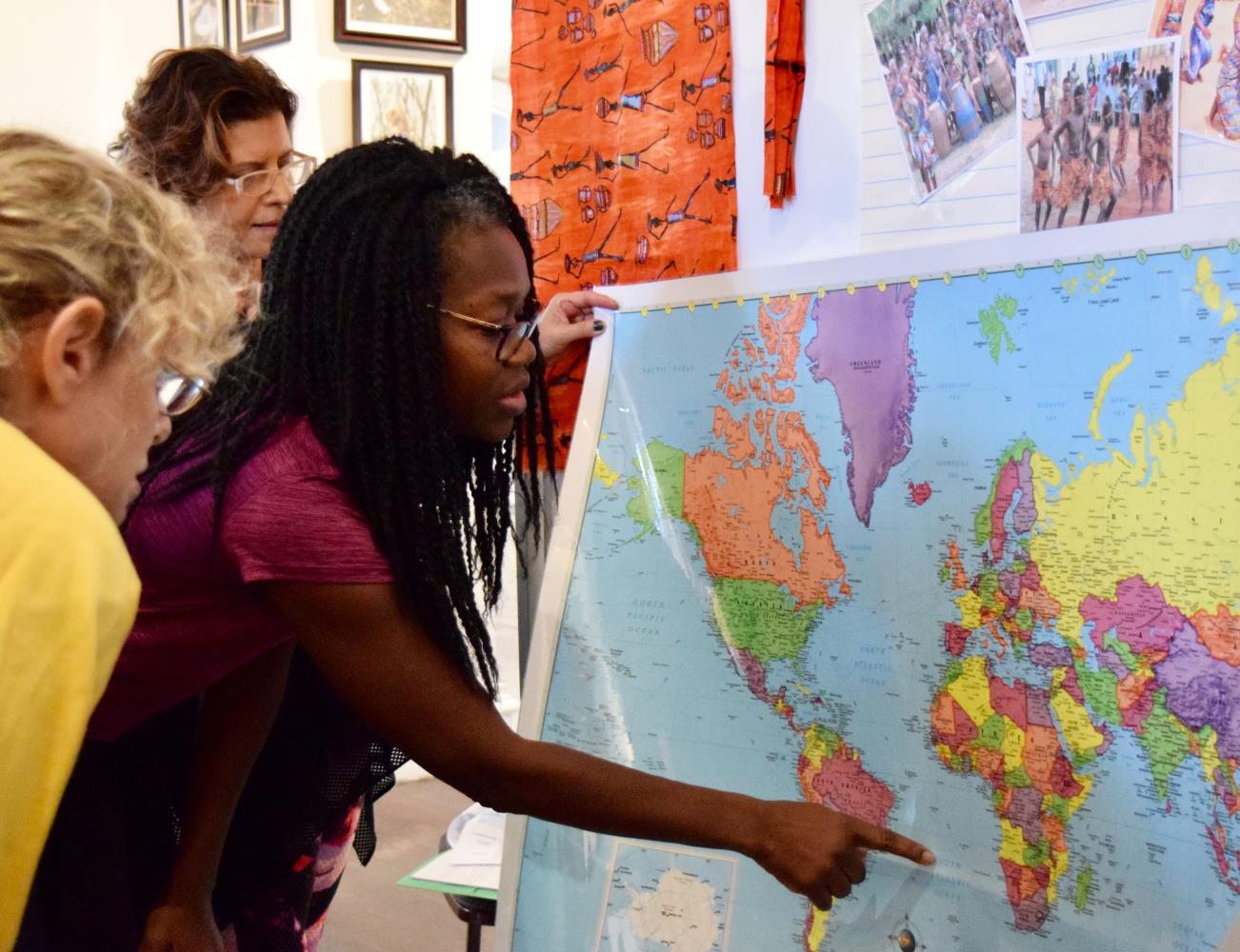Bachelor's degree with a double major in Chinese and Art in Peking University. Master of Art and Administration in New York University. She has served in the Macao Cultural Affairs Bureau, the New York City Department of Cultural Affairs and the Museum of Chinese in America, working as art administrator and curator. She is now working as an art educator and administrator in New York, as well as an independent curator and writer.
In Chinese societies, when talking about art education, one instantly think of things like extraordinary nobility, moulding temperaments, cultivating aesthetics, and moral education.
Like art itself, in reality, art education is either regarded as a symbol of the wealthy class or just decoration and nonentity. In order to make art education a part of children’s life, it is necessary for us to raise our awareness of art education and relate it to our everyday life.
The art education system in the United States is always considered as a good model. But after working at the art education department, I found that even though they do have a framework and a set of indicators (such as the New York State Learning Standards for the Arts) for art education in the U.S., they only provide guidance. Except for music, other art subjects are not cored courses. Only schools that really value art education or have received funding from the government will provide art courses for students. That said, art education needs to meet many practical demands. For instance, lots of Chinese children learn Chinese language and culture through studying art. Some children from immigrating families learn English by studying drama. In such instances, art has become the tool for language and culture studies and a gateway to learning cultures. In most cases, art and other courses, along with the goal of education, supplement one another and develop comprehensively.
Since working in the field of art education, I have been in touch with many art teachers and got to know more about practical course designs and the teaching methods. I was impressed once at a workshop when an experienced dancing teacher Angela shared how she helped students study sociology through learning African dance. By asking students to locate different regions in Africa and showing some graphics of the flags of African countries and showing the lifestyle and traditional festivals, students are then able to observe and discuss the correlation among music, dancing and traditional culture in Africa. Through this process of contemplation, students spontaneously developed an interest in learning. They started to learn simple dance moves afterwards and even produced their own choreography with peer reviews.

Angela, who teaches dancing, educates students
about geography and African societies through
teaching African dances. Photo Credit: Flushing Town Hall
Angela’s teaching method encourages students to relate knowledge they learn in class to daily life, to think independently, and to improve creativity. She has been teaching in a primary school for years. Respected and loved by both the students and teachers, Angela’s class is very popular in school and every student will take her class. Other art teachers and I found the experience in Angela’s class absolutely delightful and we benefited a lot from it. The question to ask here is that why her course is so successful in that school and why a dancing course designed for primary school students can also benefit adults. I think the possible answer is that she not only teaches knowledge but also encourages students to explore and create more; through sharing and discussions, mutual learning among peers, students can even inspire the teacher from time to time. Besides the forms and contents of art are taught in class, other components of art related to our daily lives, culture, society and history are also given room for discussions. If our children can receive art education in this way, their ability to think independently, their creativity and appreciation for art, and their capacity of interpreting the world would be different.
In Chinese-speaking regions, fine arts lesson, calligraphy lesson and music lesson are commonly offered by schools, while most of the time, we are required to memorise the knowledge and imitate without reflecting on the content critically. We rarely contemplate and express ourselves with the help of art. It is true that when Chinese students are studying overseas, they tend to be insufficient in independent thinking since our education system does not train us such skill, not to mention making a judgment and presenting creativity when it comes to aesthetics.
It seems that we have gone beyond the discussion of art education by re-evaluating the education system. Since the problem of “spoon-feeding” is full of banality, in order to encourage students to think independently and to be innovative, promoting art education could be a good starter.
New York State Learning Standards for the Arts: www.nysed.gov/curriculum-instruction/arts-standards-implementation-resources